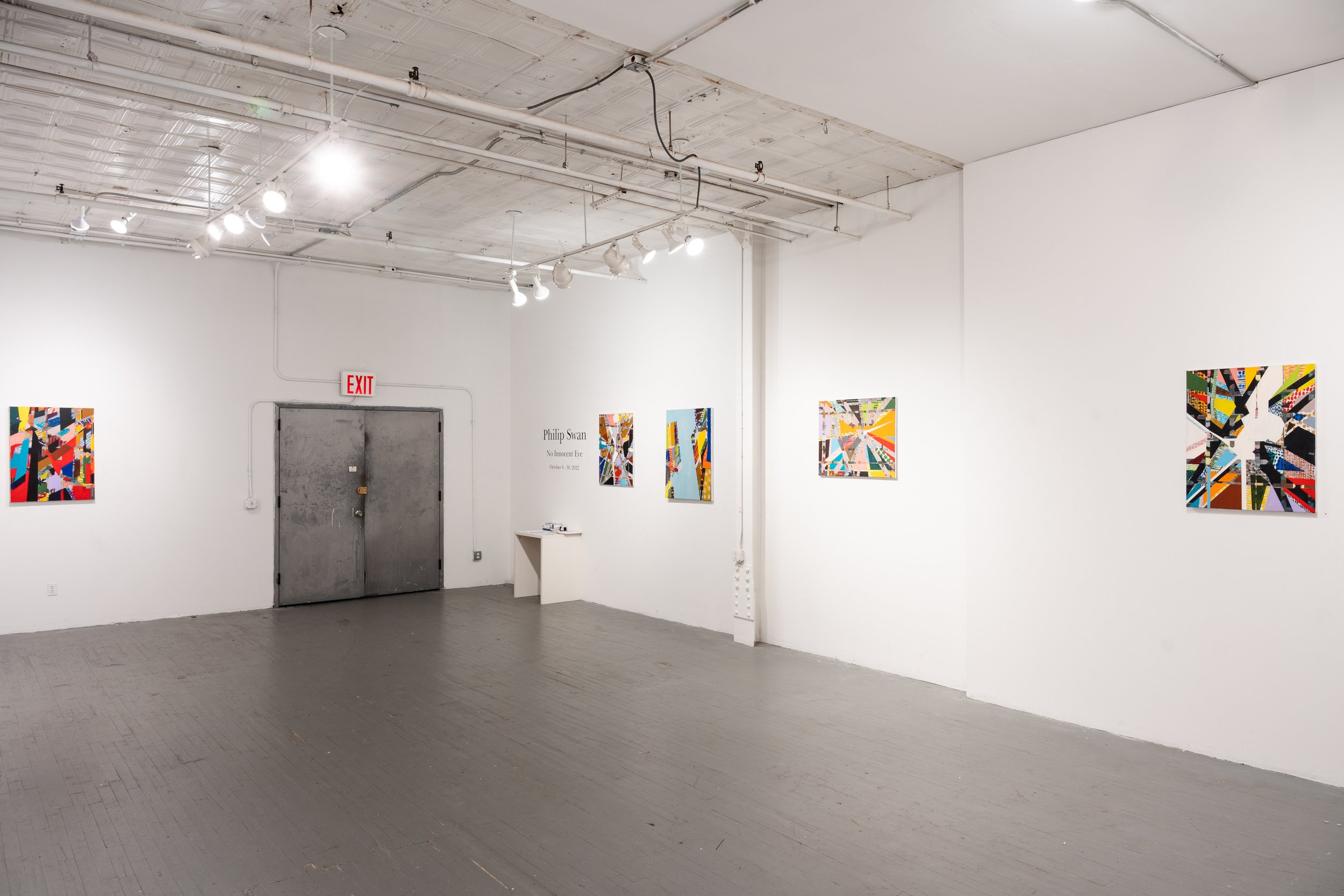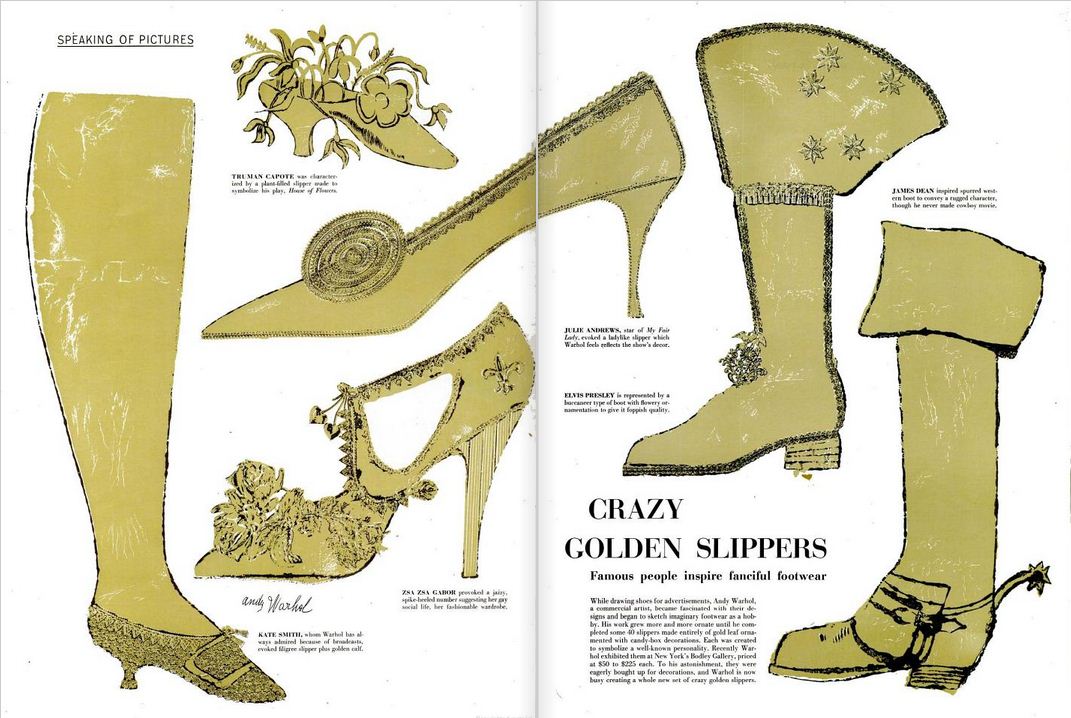Amos Eno Gallery is pleased to present No Innocent Eye, a solo exhibition of new works by artist Philip Swan. The exhibit will run at Amos Eno Gallery from October 6 – October 30, 2022, with an opening reception on Friday, October 7, 2022.
In addition to the in-person opening reception, on Friday, October 28, from 7-9 PM, there will be a performance by Matt Mottel and a panel discussion with Phil Swan and Matt Mottel, moderated by Amos Eno Gallery Director Emireth Herrera.
The phrase “No Innocent Eye” was coined by art historian E.H. Gombrich in his book Art and Illusion: “There is no reality without interpretation: just as there is no innocent eye, there is no innocent ear.” Gombrich argued that, like someone listening to music, a viewer of art cannot look at a work without trying to classify what they are seeing in the context of what they have previously seen on gallery walls or in their day to day life. Even when looking at an abstract work of art, there is no way to disengage the mind’s need for patterns of association even when an artwork does not represent anything recognizable that can be easily categorized and understood. More recently, neuroscientists like Eric R. Kandel and Anil Seth have used Gombrich’s insights to discuss the way our brains take visual information from our eyes and use Gestalt rules of organization and top-down processing to construct an internal representation of the outside world, or what Gombrich called the “beholder’s share.” Inspired by these ideas, Swan is exploring the way viewers unconsciously interpret abstraction through free association, engaging with shapes, colors, lines and textures in ways that draw on memories and emotions inspired by, but in no way determined by, the memories and emotions of the artist who created the work. By encouraging an element of introspective daydreaming, or what psychologists term “preconscious mental processes,” Swan wants to share the sense of transcendence he has in creating his paintings, a process he feels is analogous to instrumental music, with those taking advantage of the ambiguity of the works to generate emotional associations colored by their own personal experiences. This show consists of thirteen oil paintings on canvas. The paintings are self-contained, but connected through color and compositional similarity. In the process of creating work, Swan conceives of compositional and aesthetic roadblocks and then improvises his way to a solution while avoiding resolving problems concretely, thus allowing previous stray pathways which eluded resolution to remain visible. The resulting pentimento gives the work its complex composition.
Swan has explored geometric abstraction in various mediums over the past two decades. No Innocent Eye marks a new trajectory that combines formalist geometric abstraction with a more gestural mark-making than has been seen in previous work.
Philip Swan is a self-taught painter who has been showing at Amos Eno since 2018. He has a BA and MSI from the University of Michigan and an MA from the College of William and Mary. He is originally from Michigan and has lived in New York since 1997. His work has been featured in many group shows in Manhattan, Brooklyn, and New Jersey. Starting this fall his work will also be represented by Galle Gallery in Irvington New York.











































































